Like many great modern supercars, the Lexus LFA — I’ll take no arguments on this, it is a supercar — was born from the single-minded approach of one person, in this case Akio Toyoda. It’s this sort of approach that results in cars we remember the most: Gordon Murray with the McLaren F1, Ferdinand Piëch with the Bugatti Veyron.
Where the LFA stands out is that it is something you could truly use and enjoy everyday, as I’ve found out recently from someone who’s owned his LFA since new. He’s experienced all the great highs and the expensive lows, including a $113,000 repair bill.
There’ll never be another car like the Lexus LFA. It’s a technological marvel and an exercise of Toyota’s engineering might, a car born at the perfect time. Had the project been done a decade or so later it would’ve been compromised by emissions regulations and would’ve featured forced induction or electrification, perhaps both. Production of the LFA began on December 15th, 2010; since then it’s remained a car that has left its mark on the world.
The LFA was without a doubt a labor of love for Akio Toyoda. He first pitched the idea to the board of directors at Toyota when the decision was made to introduce Lexus to the Japanese market. On sale in the rest of the world since 1989, Lexus products were never officially marketed in Japan under the Lexus name. They instead wore Toyota badges. The introduction of the Toyota’s luxury brand to the Japanese market was the prime condition to bring in a halo product, a “sporting flagship that embodied Akio’s idea of how an ultimate Lexus should connect with its owner,” as a Lexus history recounts. Akio also believed the LFA project would be “the secret sauce” for the Lexus brand influencing the rest of the brand’s cars.
When Akio pitched the LFA proposal to top management he was met with negative responses. Apparently the R&D department objected to it, citing the development costs. Everything, including tools and parts, would have to developed uniquely for the LFA project. Traditional market research and focus groups would have to be ignored with a project on the scale of the LFA. This was going to be nothing like Toyota had made before. Halfway through the LFA’s development, the chassis switched from aluminum construction to carbon fiber. As Bugatti had done with the Veyron, Toyota lost money on every LFA it sold.

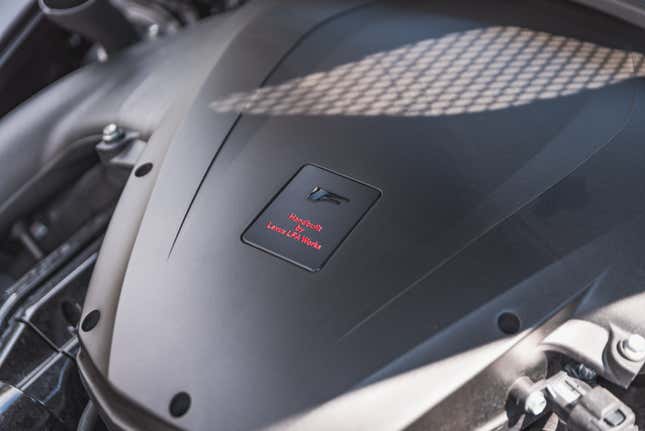


Then there’s the engine. A co-development with Yamaha, the 1LR-GUE became the heart and soul of the LFA. (Toyota’s relationship with Yamaha traces back to Japan’s first supercar, the 2000GT.) A 4.8-litre V10 brimming with motorsports technology, it was as compact as V8 and as light as a V6. It produced 560 horsepower and could go from idle to its 9,000 rpm redline in 0.6 seconds. Running to 62mph took 3.7 seconds, and it would top out at 202 mph. That’s a full-fledged supercar.
One of the stipulations the board had to agree on was that only 500 would be made. In the weeks leading up to the official announcement of LFA production, though, Toyota’s chief test driver Hiromu Naruse crashed an LFA Nürburgring Edition prototype on a public road near the Nürburgring, resulting in his death. Naruse was Akio’s right-hand man in the LFA project. A limited run of 50 Nürburgring editions were signed off for production to honor Naruse-san. Production of all 500 cars ended on December 14, 2012, after the first car had rolled off the Motomachi factory at a production rate of one per day.
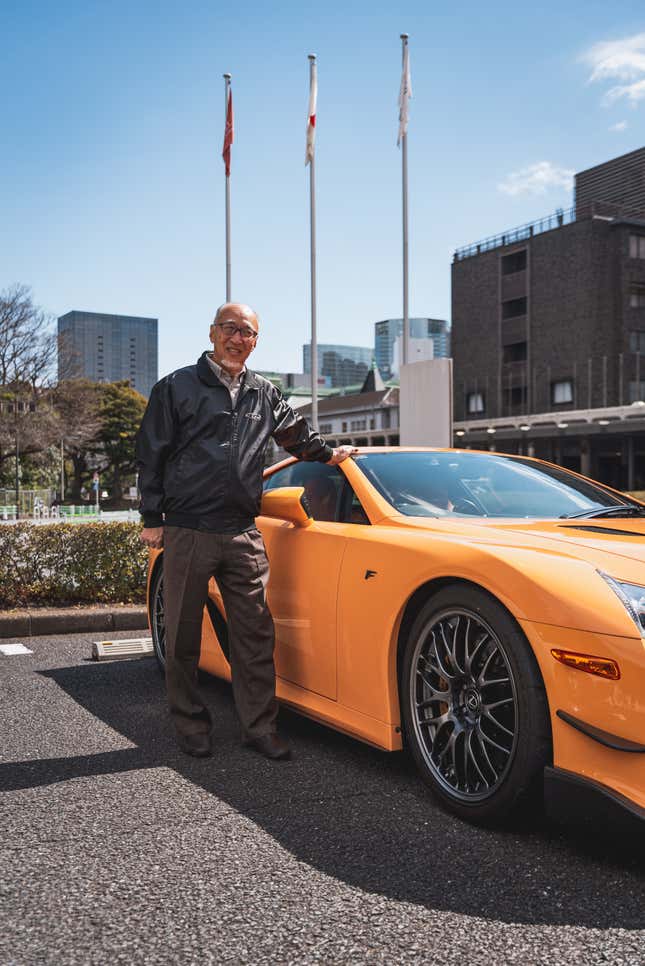
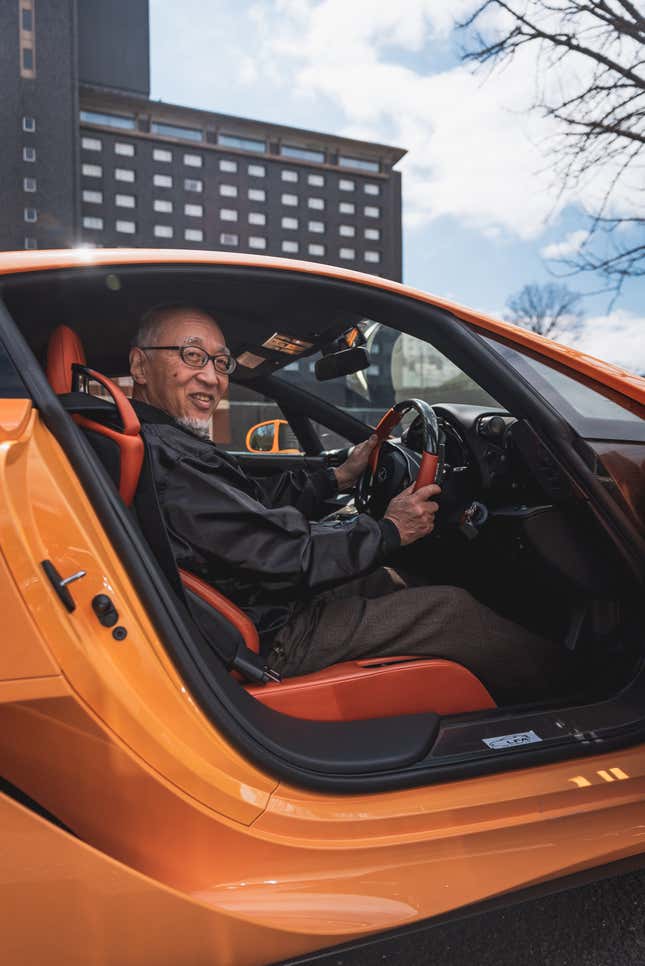
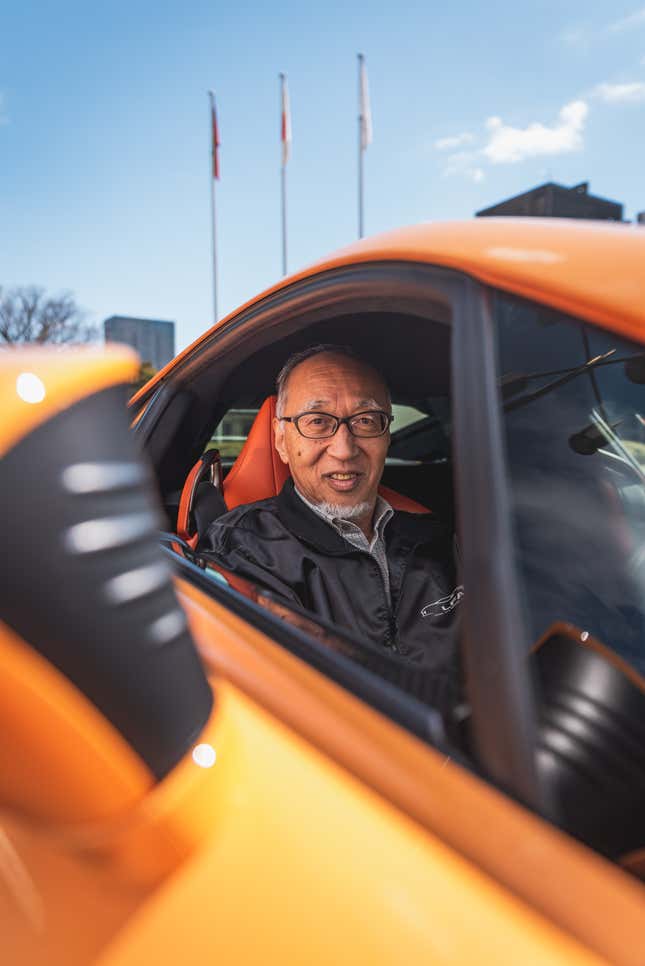
To find out what the ownership experience of an LFA is like from new, I was introduced to Tatsuo Kobayashi. As president of the Lexus LFA Owner’s Club in Japan, the LFA holds a special place in his heart. Kobayashi-san’s LFA story starts over 50 years ago when he was in junior high school. The Toyota 2000GT had made its public debut at the 1965 Tokyo Motor Show, and Kobayashi-san knew he was going to have one. At the age of 38 he was finally able to buy his childhood dream car. He’s owned his 2000GT for the last three decades.
Fast forward to 2010. The announcement of a new halo supercar from Toyota was something Kobayashi-san couldn’t ignore. Like most supercars, purchasing an LFA from new wasn’t as straightforward as showing up to the dealer and putting down a deposit. In Japan, it was a lottery-based system. Kobayashi-san had originally placed an order in 2011 but wasn’t able to get an allocation.
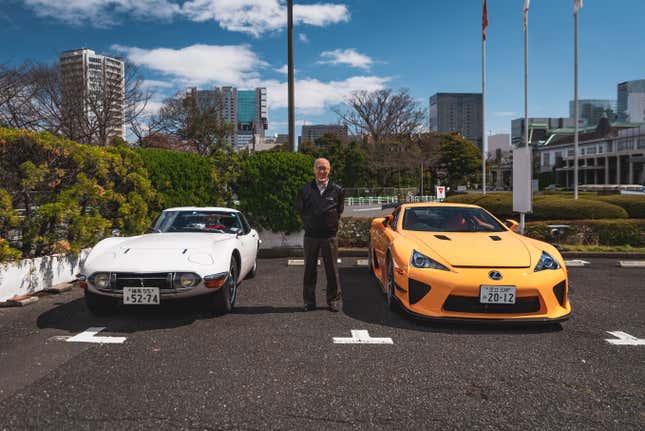
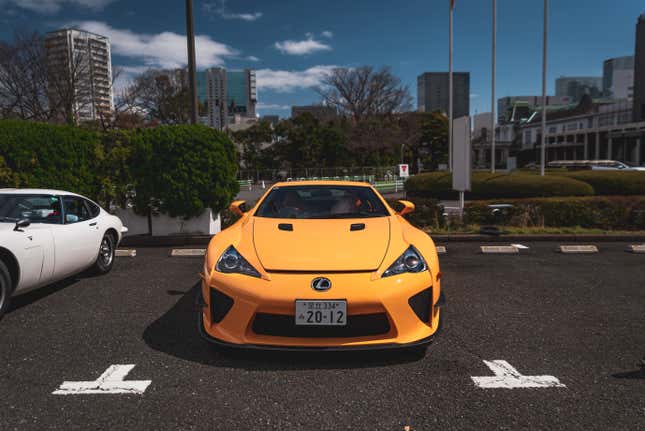


However, due to some canceled orders, and because some people at Toyota knew he had a 2000GT, he was eventually offered one of the final Nürburging Edition order slots that had opened up. Production of his car, number 454, began in 2012 and was delivered in December of that year. Since picking it up Kobayashi-san has put over 17,000 kilometers (10,625 miles) on it. Kobayashi-san takes the LFA out about twice a month, but it doesn’t require as much TLC as his other car. He said the 2000GT needs to be driven at least once a week, so sometimes he drives that to work. Unlike most exotic cars, the LFA has proved to truly be the Lexus of supercars.
Kobayashi-san said that in his eight years of ownership nothing has gone wrong. It’s been “a perfect car, no trouble,” he said. The only issue he had was getting rear-ended on the Tokyo Expressway. Because of the LFA’s rarity and carbon-fiber body, the repair bill amounted to that aforementioned six-figure sum. Luckily there was no mechanical or structural damage, and the other driver’s insurance covered the cost.
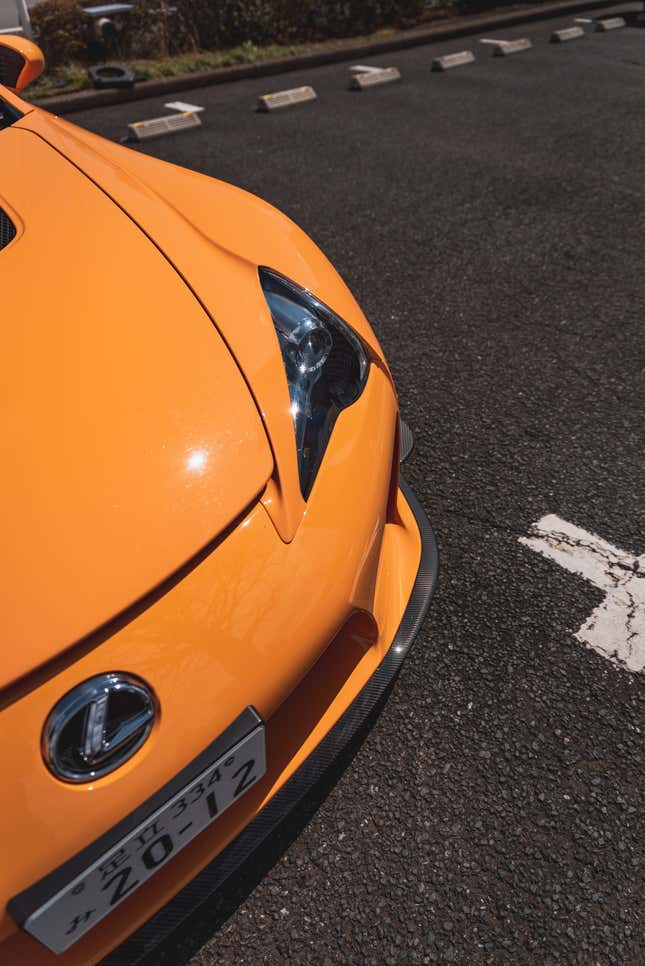
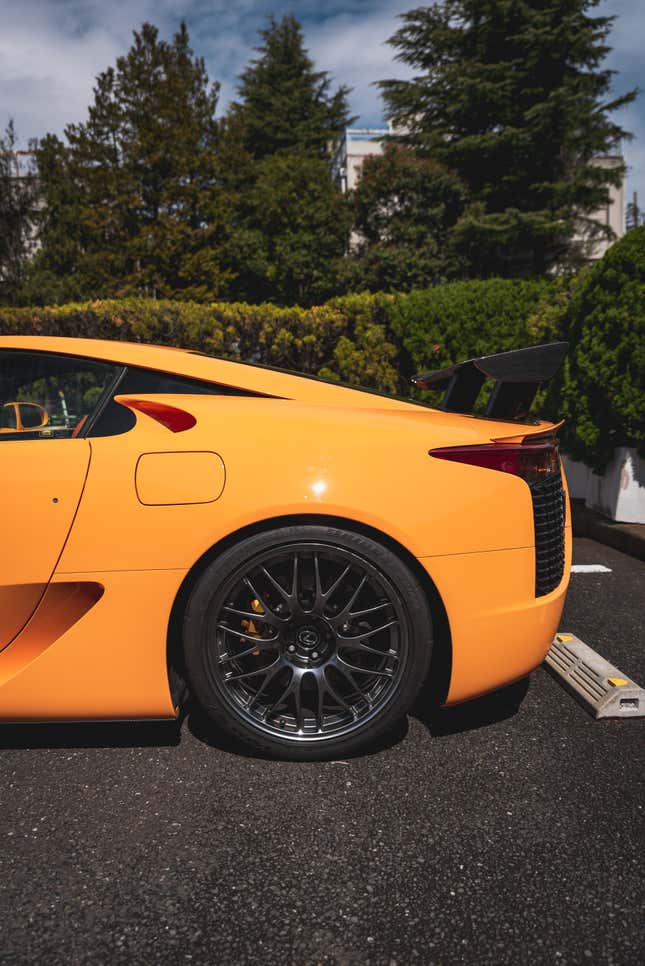
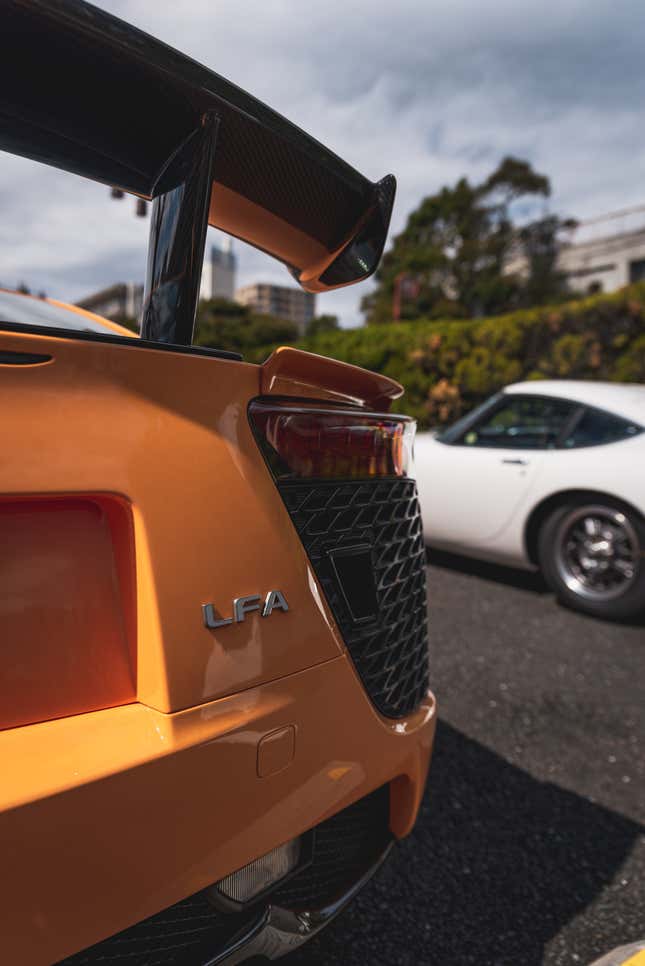
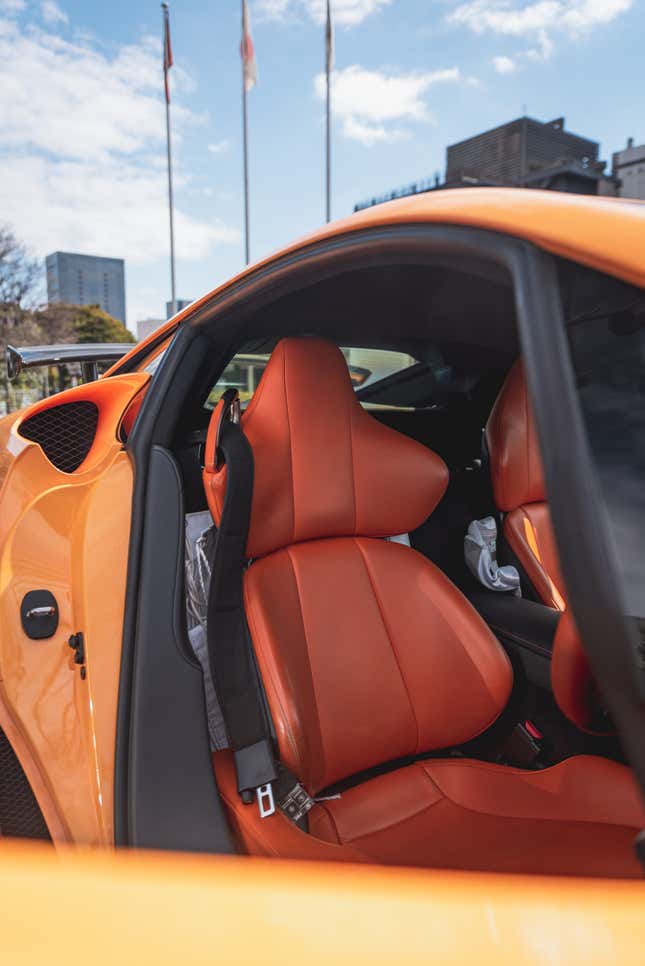
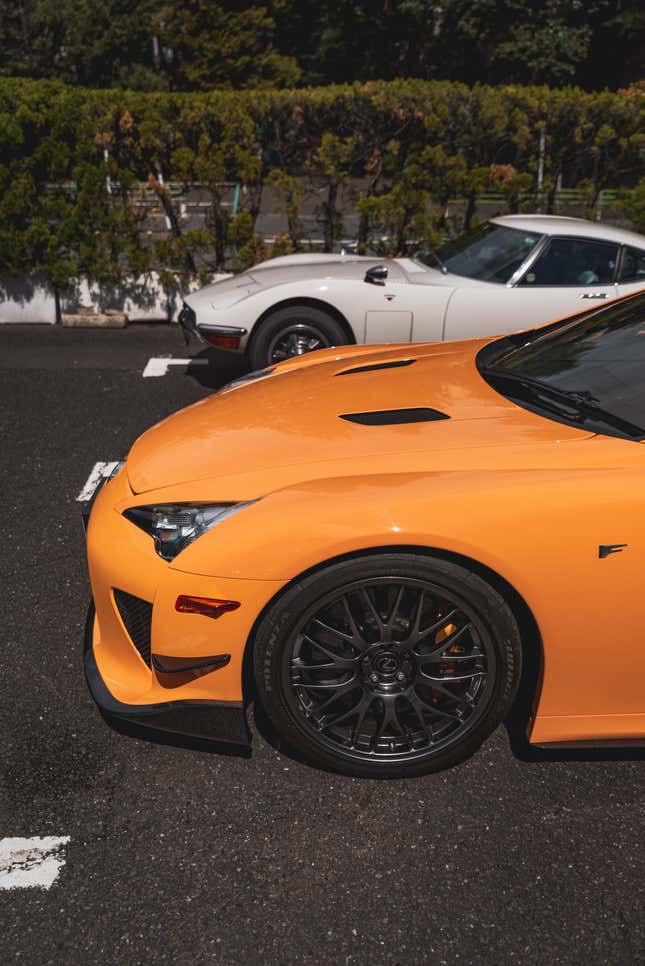
Maintenance for the LFA is easy. It’s done yearly on top of the government mandated shaken every two years. Kobayashi-san said that Toyota had learned its lesson from the 2000GT in regard to spare parts. Due to a lack of forward thinking, Toyota didn’t make any extra spare parts for the 2000GT, which makes it difficult to keep them in original condition. For the LFA, Lexus is still producing spares to ensure owners can keep using them for years to come.
The LFA Owner’s Club (has there been a club you’ve wanted to be part of more than this?) has 50 members, and around 40 are original owners of their cars. Not all are like Kobayashi-san. Some of the cars have fewer than 1,000 kilometers (625 miles) while one example has over 50,000 kilometers (31,250 miles).

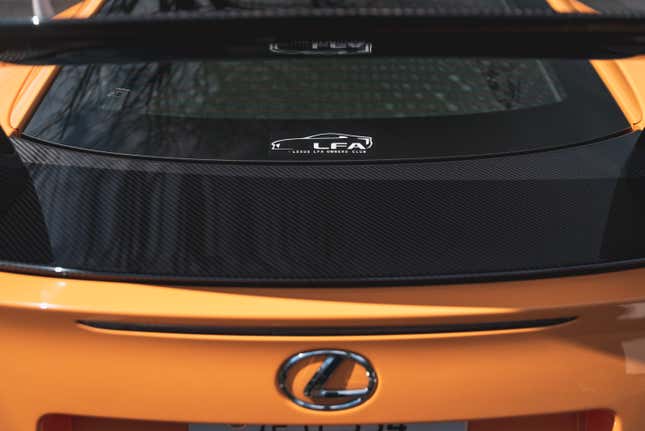
In 2014, the LFA owner’s club was formed “spontaneously.” Most members have had, or now have, other sports cars. But for many, like Kobayashi-san, the LFA is seen as their pride and joy. “Having a common topic and shared fun” with his fellow LFA owners has been Kobayashi-san’s favorite part of LFA ownership over the years. Like his 2000GT, the LFA is something he intends to keep for a lifetime.
Among the many things there are to love about the LFA, Kobayashi-san cited the visibility, handling, engine and throttle response as his standout favorite traits. While all LFAs are special and all LFA Nürburgrings are even more special, some are on a higher level yet. Kobayashi-san’s car has optional leather seats and a leather-wrapped steering wheel as opposed to the standard-fit alcantara. He said he didn’t like the way alcantara felt after long periods of use. Another change was the carbon-fiber door panels from European-spec cars, which weren’t originally offered for the Japanese market. According to Kobayashi-san, only three cars in Japan have had their door panels changed to the Euro-style carbon.
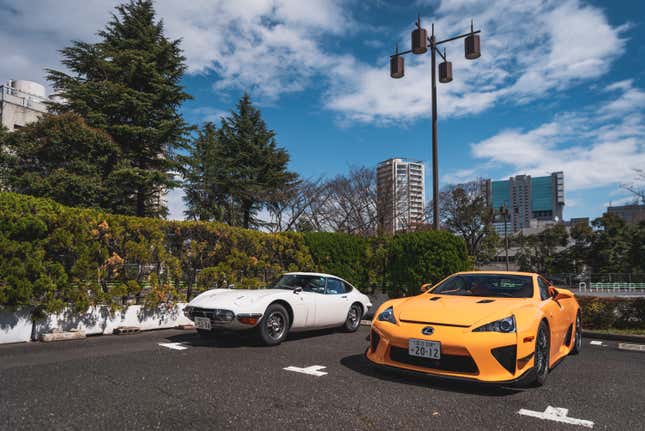
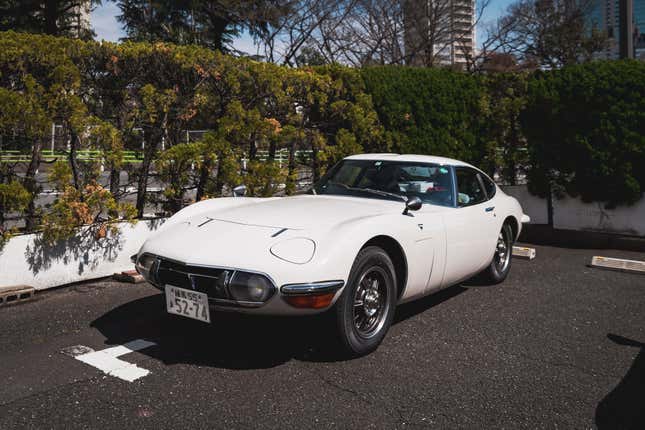
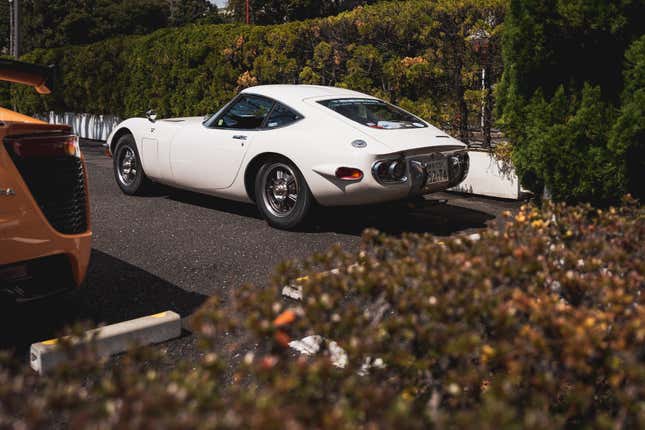
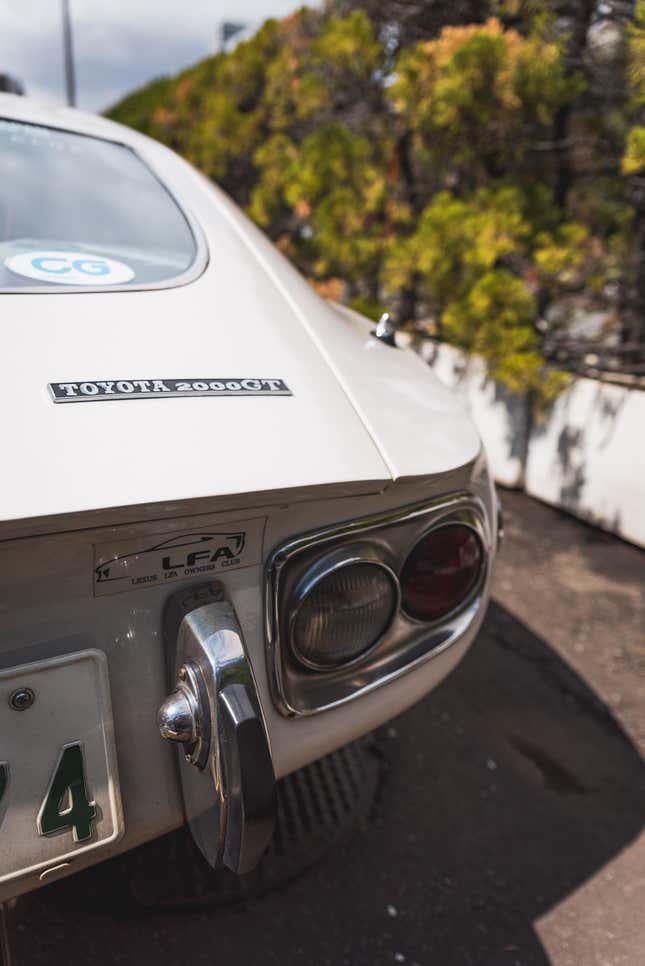
Of the many sports cars Kobayashi-san has owned, which included a 1980s-era Porsche 911, Audi R8 LMX and a special edition Toyota Crown Athlete VX that was modified by Yamaha, it’s the LFA and 2000GT that he has kept. The LFA is an underappreciated car in the rest of the world as well as in its home market. While the LFA doesn’t have the same sort of mass recognition as say, the Nissan GT-R or Honda NSX, there’s still a strong following for the car.
Kobayashi-san says that the LFA does have an important part in Japan’s automotive history. “It is the culmination of Japanese car-building technology and has contributed to the subsequent improvement of technical capabilities,” as he put it. “Also, it showed Japan’s technological strength to sports car manufacturers in other countries.”
Kobayashi-san says he thinks there won’t be another LFA-level model, but he believes Toyota can make another “legend” car in the form of the GR Super Sports car.
To cap off my time with Kobayashi-san and his wonderful cars, he offered to give me a ride in the LFA for a short drive around the block. I jumped at the chance like Mario jumps for floating coins.
First impression of the LFA Nürburgring was it’s not as uncomfortable and stripped out as I’d imagined. After figuring out where the window switch was, we set off. In Sport mode, obviously. Immediately, the gear shifts of the single-clutch gearbox were noticeable. I’m rather fond of single-clutch boxes. There’s a time and place for them; in the LFA it added to the overall experience, the experience dominated by that engine. Setting off at every red light involved slipping the rear wheels and seeing the digital tach needle climb throughout the rev range. The sensation of speed is thrown out the window, everything is dominated by the noise.
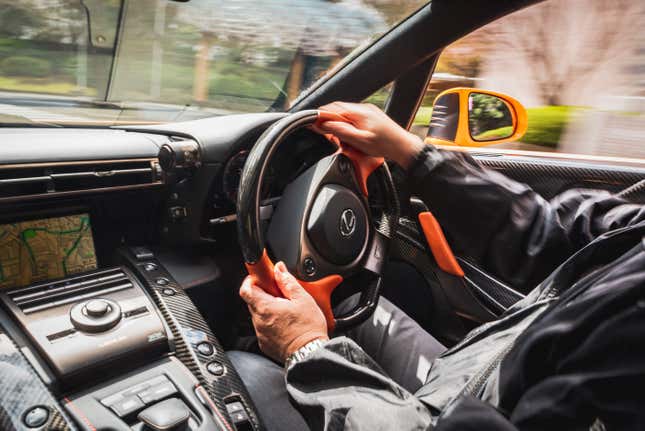
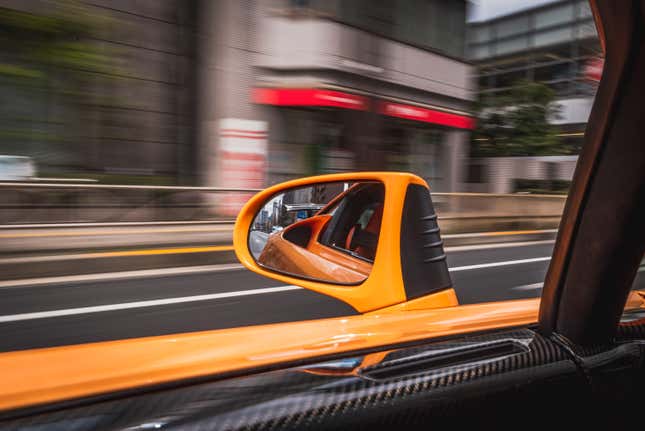
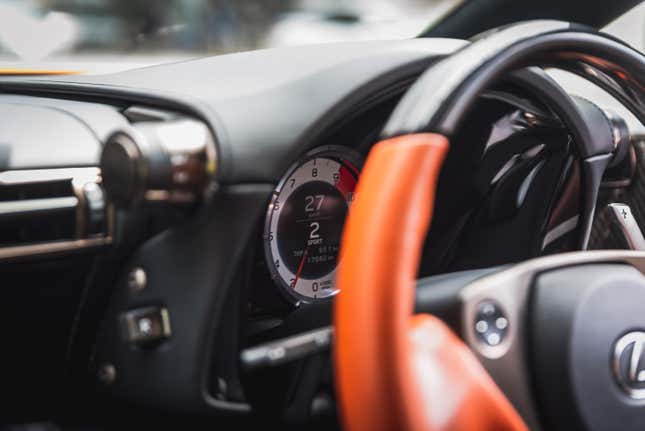
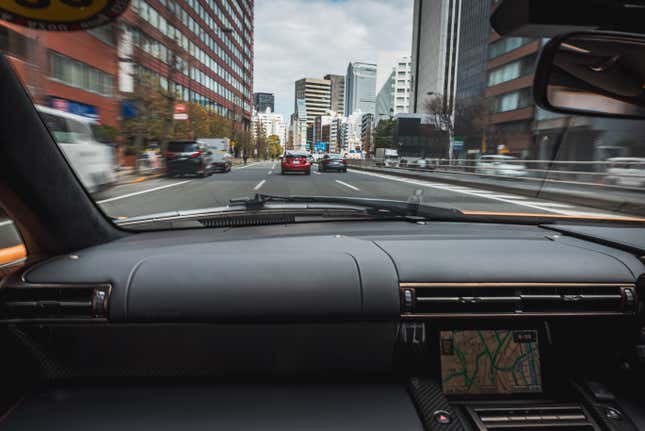
With both windows open, the hugely addictive howl of that V10 floods the cabin. Driving through central Tokyo with tall buildings on both sides of the road makes it even more dramatic. The bright orange paint and the engine noise causes pedestrians to snap their necks as the LFA screams past in second gear. Sunday mornings in Tokyo have never sounded so good. Chances are, they never will again.
Lexus has all but said it won’t do another LFA-type project, and if it does it could be more than a decade away. The engine, which is so integral to the character of the car, would never pass the stringent emission standards of today or the future. Even current owners know this and have noticed the increased in LFA prices.
There’ll never be another LFA, but that’s fine. The one we have is already great. The best we can hope for is that more people who have the great privilege of owning one, like Kobayashi-san, can share their pride and joy with the rest of us.